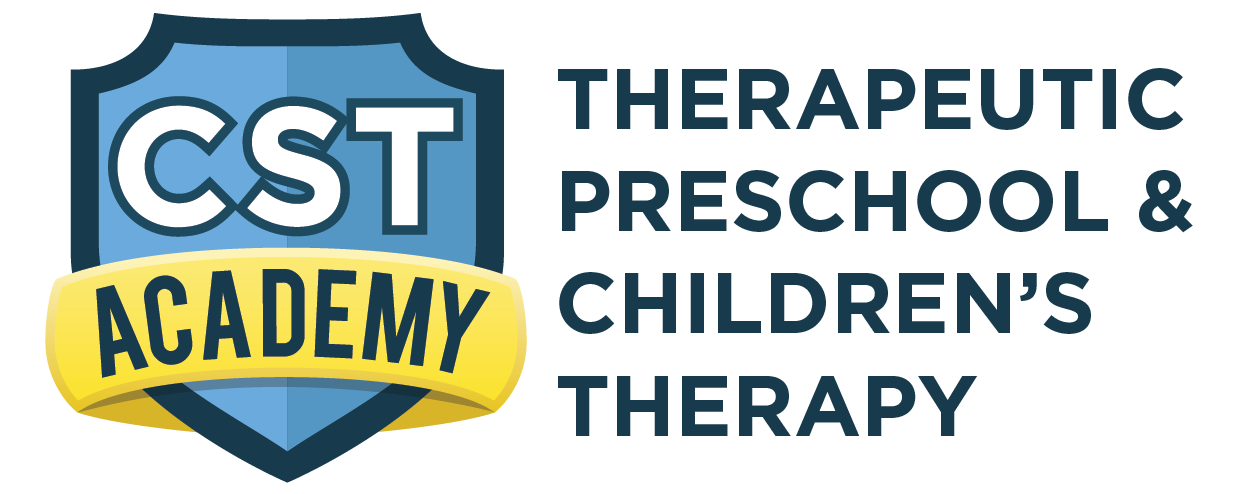Communication is a cornerstone of early childhood development, but for some children, speech and language delays or medical conditions pose challenges. Augmentative and Alternative Communication (AAC) devices offer a solution, providing a voice to those who struggle to express themselves verbally.
Understanding AAC Devices
AAC devices enable non-verbal communication, aiding children in expressing themselves effectively. Whether in therapeutic preschool settings or at home, these tools facilitate interaction and empower children to communicate their needs and desires.
The Versatility of AAC
From basic whiteboards to advanced electronic gadgets, AAC devices come in various forms. They serve as short-term aids for speech development or long-term solutions for medical conditions affecting communication.
Personalized Communication
AAC devices are customizable to cater to each child’s unique abilities and requirements. For children with limited vocabulary, simple image-based icons replace text, allowing them to convey messages effortlessly.
iPad Apps for AAC
In today’s digital age, AAC apps for iPads offer a wealth of communication tools. Proloquo2Go, GoTalkNow, and TouchChat are popular examples, enhancing communication skills both in therapeutic preschool programs and at home.
Consulting the Experts
Considering AAC for your child? Seek guidance from speech-language pathologists and preschool instructors. Their expertise can help determine the suitability of AAC devices and recommend the most effective solutions.
Conclusion
AAC devices empower children with speech and language challenges, enabling them to communicate with confidence and clarity. By embracing AAC, children can overcome barriers to communication and actively engage with their environment. If you’re considering AAC for your child, consult the professionals at CST Academy for tailored guidance and support. Together, we can unlock your child’s potential and foster effective communication skills.













